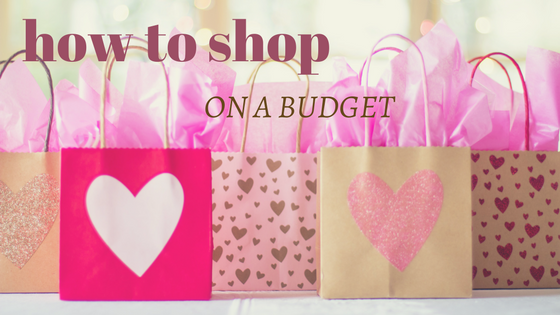Whitening your teeth at home
is a trend that has taken off and reached epic proportions. The whole thing
started when Crest introduced whitening strips in 2001. These strips had to be left
on for ages, and you couldn’t eat or drink anything for a certain amount of
time afterward. Since these strips, at-home whitening has evolved to include
everything from gels to toothpastes to LED lights. One of the more recent
additions to the market is activate charcoal. It seems counter-intuitive to use
something black to whiten your teeth, so we investigated.
What is Activated Charcoal?
Activated charcoal can be
made from a variety of sources, including coal (duh) and wood. The part that
makes it ‘active’ is a heat treatment that is applied to increase the surface
area of the molecules. It comes in powder form, and is always synthetically
produced.
Products that are labelled
as organic activated charcoal are
made organic sources. Activated charcoal does not occur naturally, so some
processing is needed no matter what the source is.
Activated charcoal was
originally used to treat poisoning, such as accidental overdoses of cyanide,
iron, or strong acids and bases. It works as an antidote because toxins easily
bind to the expanded surface area.
This same principle is
behind using charcoal in beauty products. Before whitening your teeth with
charcoal became popular, it was added to body and face washes. The dirt on your
skin and in your pores is attracted to the activated charcoal particles, thus
removing them from your body when you rinse off. When you brush your teeth with
it, the food remnants and plaque are attracted to the charcoal and removed when
you rinse.
Our Test
In order to see if activated
charcoal is effective for whitening your teeth, we purchased a package of
activated charcoal and brushed with it twice a day. Here are the parameters of
our experiment:
1 – We brushed first with a
regular whitening toothpaste. Charcoal doesn’t do anything to kill bacteria or
freshen your breath, so normal toothpaste is still necessary. We used the
charcoal for one full week.
2 – We brushed twice a day,
once in the morning and once at night. This is our normal routine anyway, and
we followed it with mouthwash.
3 – We stuck to our normal diet.
Drinks like coffee and wine can stain your teeth, and we wanted to see if the
charcoal would work on an everyday basis.
4 – We followed the
instructions on the package. The container specifically says a little goes a
long way, so we used the charcoal sparingly.
5 – We didn’t use any other
whitening products. The toothpaste we used is labelled as whitening, but the
vast majority of toothpaste products on the market now offer the same whitening
capabilities. We did not use any strips, gels, or any other form of whitening
product.
Does it Work?
We were pleased to find that
brushing your teeth with activated charcoal does in fact work. After the first application,
there was some noticeable whitening.
Pros and Cons
As with any product, there
are ups and downs.
Pros:
·
It did the job and
provided noticeable effects
·
It worked quickly,
with visible whitening after the first use
·
There was no wait
time after brushing before we could eat or drink anything
·
It was easy to incorporate
into our daily routines
·
It didn’t taste like
anything, whereas most whitening products have an overpowering artificial mint
flavour
·
The cost was
reasonable, with most brands ranging from $15 to $20
·
Only a small amount
was needed, so the package will last a long time
Cons:
·
It was messy, and
created black splashes
·
It stained our
toothbrushes
·
It gets in between
your teeth, so you have to rinse several times to remove the residue
Other Factors to Consider
After brushing with the charcoal,
we found that our teeth felt smoother and cleaner throughout the day. This may
be due to the charcoal, or it may be because we brushed our teeth twice.
As coffee drinkers know,
after the first cup of coffee you start feel like you have java breath. This feeling
wasn’t as prevalent, and as a result we felt fresher in the afternoon. Again,
this could be because of the charcoal or because of double brushing in the morning.
In the end, using charcoal
to whiten your teeth works. We would definitely purchase another charcoal
whitening product.













